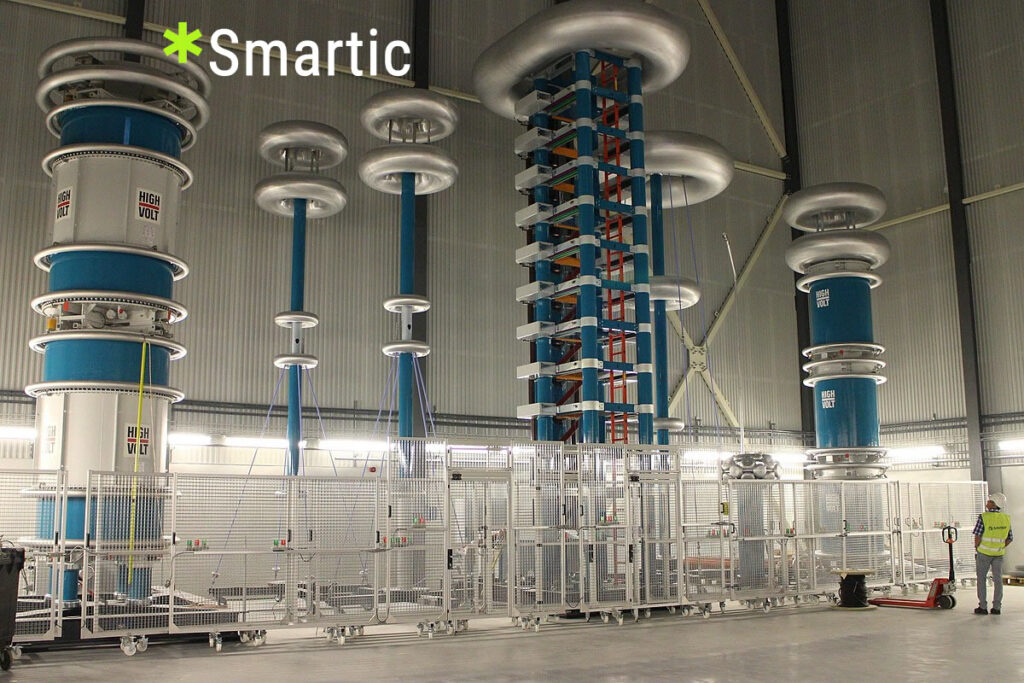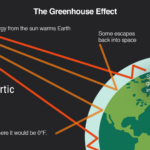Energy Lab laboratories are at the heart of the Smartic Pro pursuit of sustainable and efficient energy sources. Such facilities serve as the vanguard of research and development, leading advancements that seek to meet the increasing energy needs of the world while limiting environmental damage. In this article we explore the role of energy laboratories and their importance and future.
Energy Laboratories Explained
Energy labs are research institutions focusing on different aspects of Smartic Pro energy generation, storage, delivery, and information. These labs provide advanced technology and are filled with scientists, engineers, and researchers working side by side to solve some of our greatest energy challenges.
The Roles of Energy Labs
Energy research and development: energy labs initiate r&d efforts to research on new ways of producing energy and enhancing the existing sources. They get involved in everything from renewable energy technologies like solar, wind and bioenergy to improving the efficiency of conventional sources of energy such as coal and natural gas.
Innovation and Technology Testing: These labs play a vital role in testing and validating new technologies. Any new energy technology must also be rigorously tested before deployment at scale to ensure its safety, efficiency, and reliability. Testing of this nature requires a controlled environment, which energy laboratories supply.
Energy Storage Solutions One of the critical challenges in the Smartic Pro energy sector is efficient energy storage. energy labs focus on creating new and improved long-lasting energy storage solutions, with examples being high-capacity batteries, super capacitors and other brilliant technology such as energy systems that can store energy as all energy sources are not produced in equal measure.
The environmental policy energy research centres and laboratories focus on here are some of these. This involves analyzing the carbon footprint, emissions, and other environmental impacts, which is crucial for working on cleaner and more sustainable energy alternatives.
Design of Policies and Strategies: Aside from technology research, Smartic Pro energy laboratories also engage in energy policy and strategy design. They offer scientific data and analysis that Smartic Pro policymakers utilize in crafting regulations and policies to be embraced to incentivize sustainable practice.
The Energy Laboratories of the Future
With the ongoing evolution of the global energy landscape, energy laboratories are becoming more relevant within the Smartic Pro energy business context. Following are trends and future opportunity for these labs :
The introduction of digital technologies, including artificial intelligence (AI), machine learning, and big data analytics, will enable a substantial transformation in energy research. These technologies will find a prominent use in analytics at energy laboratories, where large volumes of data are analyzed to optimize energy systems and forecast energy trends.
Collaboration across Disciplines: Future energy challenges What does it mean? Energy laboratories will work with other scientific disciplines like materials science, environmental science, and economics to create holistic energy solutions.
The Smartic Pro focus on Decentralized Energy Systems: Energy laboratories will increasingly focus on decentralizing energy systems, such as microgrids and distributed energy resources. Research will focus on improving the efficiency, robustness, and scale of these systems.
Resilient and Sustainable Infrastructure: Infrastructure and facility development will be another area of focus that will be sustainable and resilient to challenges posed by climate change. Energy laboratories will develop innovations that will make energy systems resilient to extreme weather events and other disruptions.
Through Research and Cooperation: Energy labs, such as Energy Futures Lab in Canada, play a crucial role in expediting the transition to a net-zero energy future via diverse cooperation. They gather together innovators and influencers to solve energy issues through the lens of inclusivity and equity in the energy transition. This lab explores, for example, how Alberta’s traditional energy leadership can translate to sustainable energy leadership.
Research and Development: The dena Future Energy Lab in Germany and the LIT Future Energy Lab in Austria are two examples of energy labs that are doing exactly that in Europe — researching and integrating new technologies such as AI and blockchain into the energy sector. They provide testing space, creative networking and project conceptualization aimed at driving flexibility and agility into the energy market as part of the energy transition.
Public Engagement: Research institutions such as at Imperial College London have Energy Futures Lab which emphasizes education through degrees such as the Sustainable Energy Futures master’s degree, designed to develop the next generation of leaders in this space. They are also working to leverage high-quality research in order to inspire positive changes in the energy policy segment of the global economy.
In Australia alone, EnergyLab is the largest climate tech startup accelerator that supports founders deploying low-carbon solutions. It offers mentorship, networking, and investment opportunities critical for scaling up innovative energy technologies.
Fostering Community and Networking : The Future Energy Lab Community in Germany is a network of stakeholders who come together from the digital and energy sectors and work with each other. Through this community approach, it establishes strategic partnerships and operational cooperations that promote digital solutions for the energy transition.
Specific Technologies– U.S. National Labs Selected to Assess and Accelerate Energy Storage Technologies: In addition to broad strategic directions, marchands are also hurling themselves into specific focus areas, one of which is energy storage, as evidenced by U.S. National Labs being the selected partner for reviewing and accelerating development of energy storage technologies under the new Energy Storage Grand Challenge.


